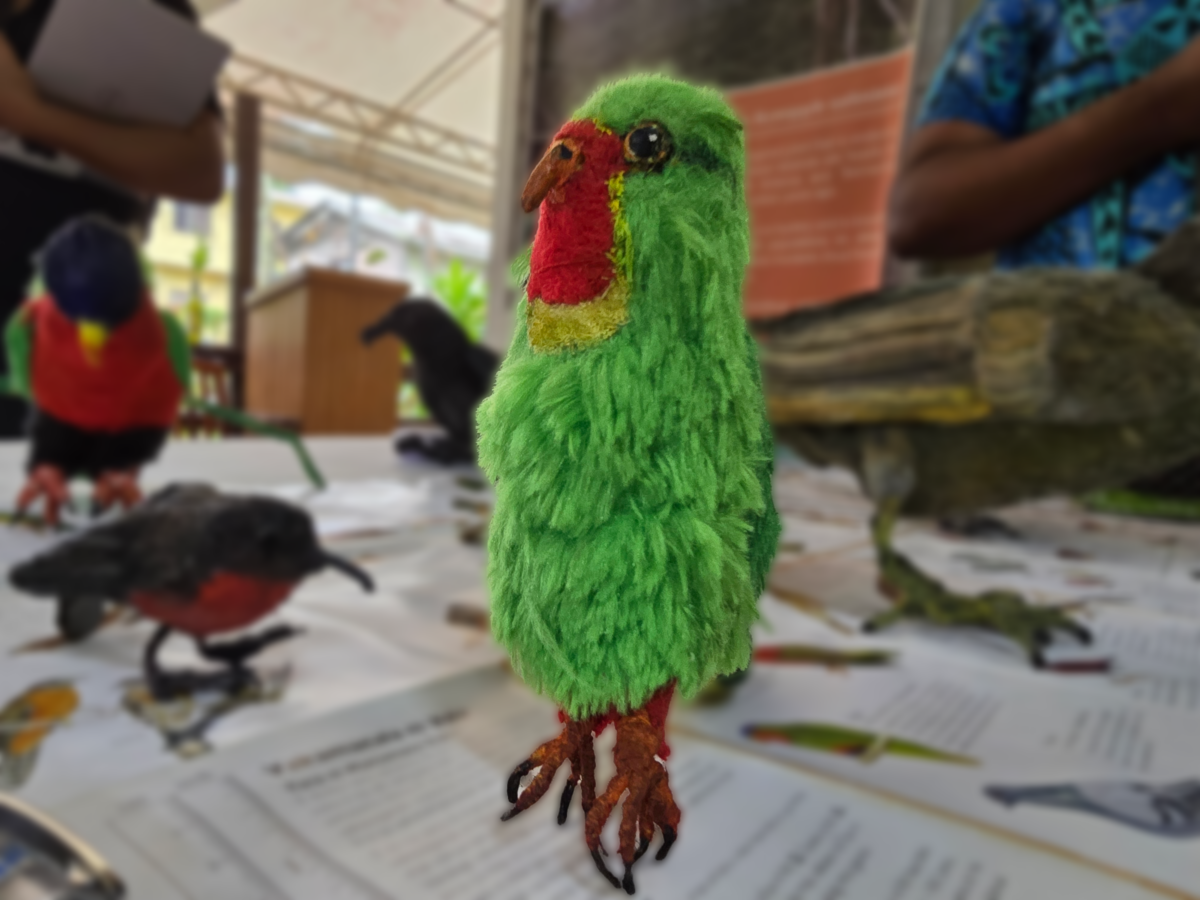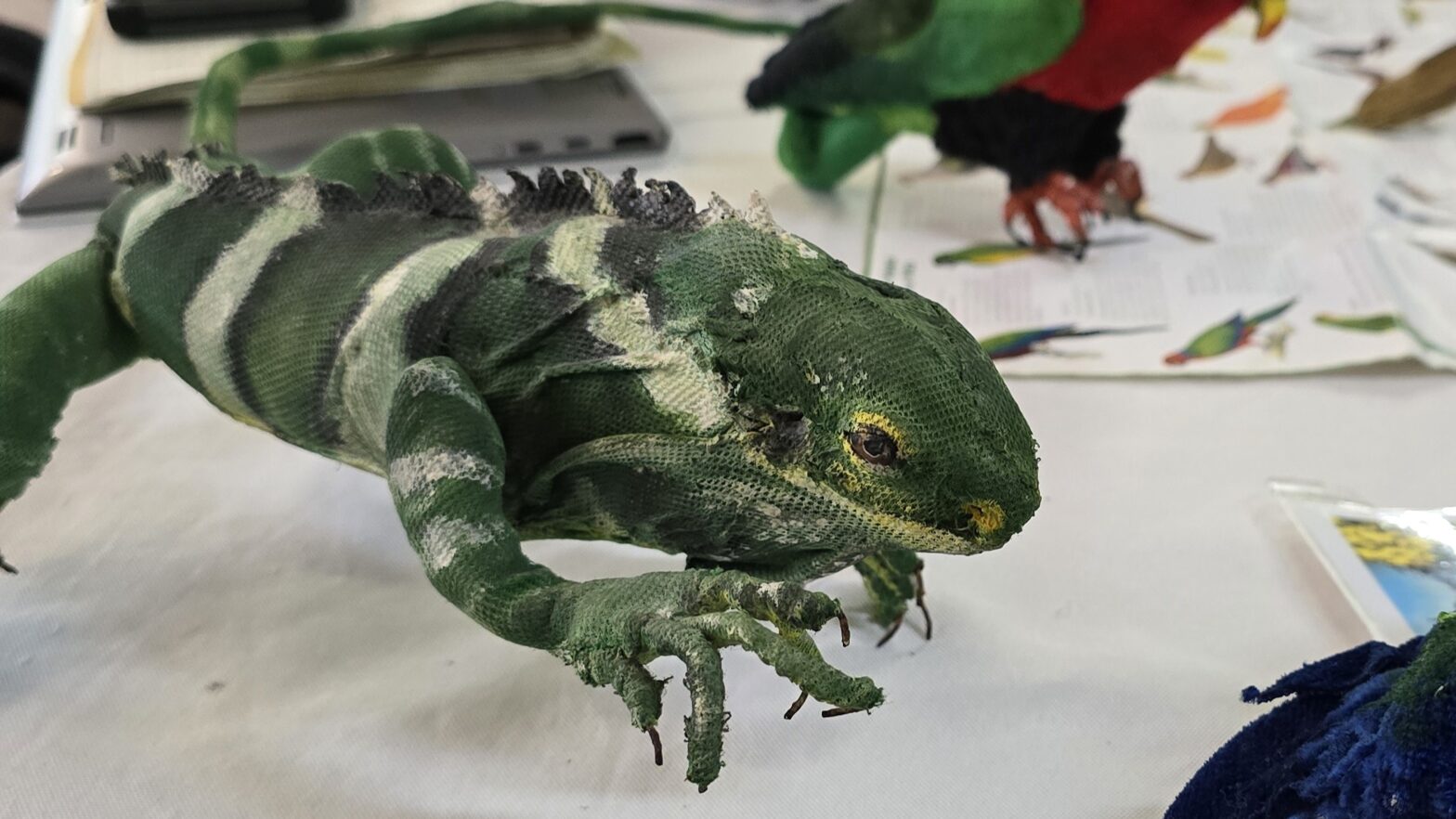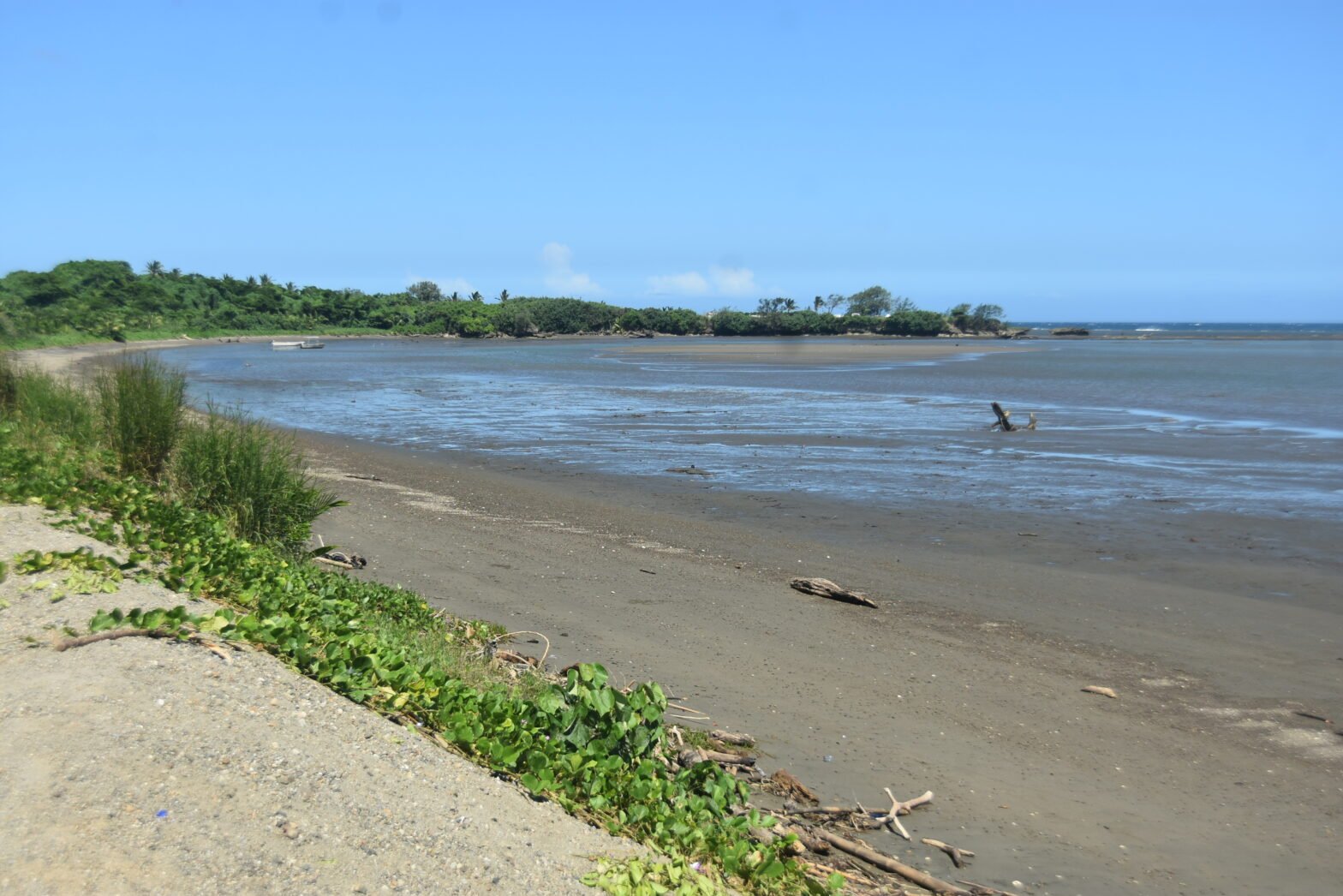In the lush forests of Fiji, the Red-throated Lorikeet (Charmosyna amabilis), known locally as the ‘Kulawai’, was once a familiar sight.
This small, shy bird, easily distinguished by its striking red throat and vibrant green plumage, flitted among the islands of Viti Levu, Vanua Levu, Ovalau, and Taveuni.
But today, this bird is critically endangered, perhaps even extinct, and efforts to save it have become a crucial mission for conservationists.
Nunia Thomas-Moko, the Director of NatureFiji-MareqetiViti said studies have shown over the years, about 2,000 species of birds have become extinct.
This rings the alarm bell in Fiji as this nectar-feeding bird was last seen in 1993.
Since then, exhaustive searches and community efforts have failed to yield any confirmed sightings.
Importance of Kulawai
Thomas-Moko explains: “The Kulawai relies on the flowers of the Vuga tree (Metrosideros collina), which bloom in vibrant hues of red, orange, or yellow. These trees grow predominantly in the highlands, creating a delicate ecosystem where each species depends on the other for survival.”
She said Kulawai acts as a crucial pollinator and fosters a delicate interdependence among various species, particularly in the highlands where these trees flourish.
“It helps trees pollinates, fertilise and critically reproduce many other species and then trees have the role of keeping the soul together with the cloud forests that make sure that we have rivers.
“Kulawai is our flagship species, symbolising the interconnectedness of the forest ecosystem. By safeguarding the Kulawai’s habitat, conservation efforts extend beyond preserving a single species to ensuring the vitality of the entire ecosystem, benefitting not only the flora and fauna but also the communities reliant on these natural resources for their well-being.”
Threats
Since the last sight of the Kulawai. “I remember reading an article where a lady saw these birds in her garden,” Thomas-Moko recalls. “In the past, they used to come down to our gardens because the urban areas had forests connected to the rural areas. But now, with so much built-up development, they can’t do that anymore.”
She said recent studies by the International Union for Conservation of Nature (IUCN) has shown that the new threat comes from deforestation driven by agricultural expansion and development.
“Lowland and hill forest is slowly being cleared in much of Fiji. However, the rarity and assumed decline of this species is probably largely the result of predation by introduced mammals, especially the Black Rat (Rattus rattus), as is the case with the closely related which could be extinct owing to predation by rats,” according to IUCN Red List of Threatened Species that was recently assessed on 01 October 2016.
“Ongoing increases in logging, and expansion of the road network, especially around the high-altitude areas of Monasavu and Serua in Viti Levu, are likely to be increasing rat density.
“The introduced Small Indian Mongoose (Herpestes auropunctatus) and feral cats are also present in the species’ range and may pose a threat.
“Agricultural expansion is encroaching on primary forest in Taveuni. Having a montane distribution that is close to the maximum altitude within its range, this species is also potentially susceptible to climate change,” the assessment states.
The Search for Kulawai
Efforts to locate the Kulawai have been relentless yet challenging. Fiji’s foremost ornithologist, Vilikesa Masibalavu, has been a key player in these efforts.
“In 2008 to 2009, we launched a program to train youths to differentiate between the Kulawai and other species,” Thomas-Moko said.
“We want people to know what the Kulawai looks like so that if they see it, they can report it. Our team is small, but with public participation, we increase our chances of locating the bird.”.
“Between 2010 and 2012, NatureFiji-MareqetiViti implemented a community awareness program for the Lorikeet to train community members of NFMV’s Tomaniivi Nature Club to search for the Lorikeet and increase the potential for community sightings,” according to IUCN assessment.
“However, four detailed surveys between 2001 and 2012 plus additional search efforts failed to find any birds at all, so the remaining population is likely to be very small (plausibly with fewer than 50 mature individuals), with potential extirpation from its stronghold in Viti Levu.”
Community involvement and raising awareness
Efforts to find the Kulawai extend beyond reporting sightings. Searches are coordinated through provincial offices and local landowners, who grant permission for expeditions. This process includes traditional Sevusevu ceremonies to seek blessings from the landowners.
“We don’t take any reports lightly, we take them seriously,” Thomas-Moko said.
“We make sure that the provincial office is aware that we are coming to a site where we think that we can find it. So, for the island of Taveuni, we coordinated through the provincial office and then we also coordinated with our members, our supporters, who live in the communities and then we asked them who is the landowner of this particular area, and we seek their blessing to allow us to go into the forest to go and search.”
Raising awareness has been essential. When an artist approached NatureFiji-MareqetiViti, she was commissioned to create a life-size model of the Kulawai.
“This model helps educate communities about the bird’s appearance, reducing misidentifications,” Thomas-Moko said.
The organisation has launched social media campaigns, encouraging hikers and locals to photograph and report any sightings. These initiatives have previously proven effective in mapping other species, such as Fiji’s Nanai (Cicada), a beetle featured on Fiji’s $100 bill.
However, she acknowledges a challenge: “Sometimes they don’t have their phones with them because they are in the middle of plantation” making confirmation difficult.
Cultural Significance
The Reserve Bank of Fiji, in January 2013, released a new Fauna and Flora series of banknotes and coins to promote Fiji’s unique national heritage and biodiversity, that featured Kulawai on the five-dollar note.
But the NatureFiji- MareqetiViti Director stressed that “we don’t want our money and our dollar notes to be the only place that our children will see these animals. We want them to be able to see them in the wild.”
Persistent Hope
The last confirmed sighting of the Kulawai was at the foothill of Mount Victoria (Mount Tomanivi) in 1993. Despite extensive searches, the bird remains elusive. However, Thomas-Moko and her team remain hopeful.
“Just because we can’t see it doesn’t mean it’s not there. Sometimes it takes extra effort to search for it. Sometimes it takes extra effort to search for it,” she said.
The fate of the Kulawai, and indeed many of Fiji’s unique species, rests in the collective hands of those willing to fight for their survival. Perhaps, one day, the forests of Fiji will once again resonate with the melodious calls of the Red-throated Lorikeet.




